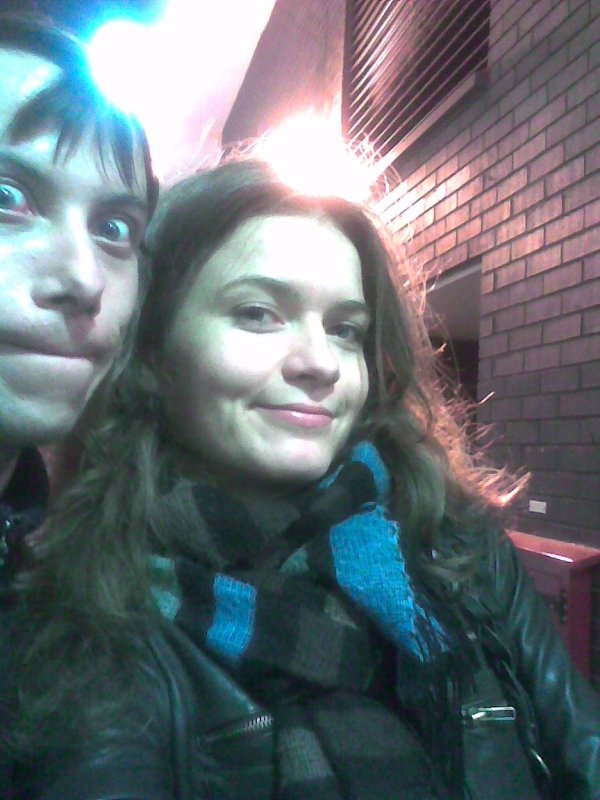
Here is my review of View from the Shore, by London-based choreographer Jacky Lansley.
Premiered in Truro, with the support of the Hall of Cornwall, Jacky Lansley’s View from the Shore was later shown in the Clore Studio at London’s Royal Opera House.
Inspired by years of visiting Cornwall and the coastal Lizard area, the choreography is bold and abstract beyond its apparent simplicity. Dance is used as a tool to embody the mysteries of the sea and engage in a wider discourse on the themes of landscape, environment, community, and the translation of the experience of being on the ocean’s shore into a theatrical event.
Accompanied live by Lindsay cooper’s Concerto for Sopranino Saxophone, a group of five dancers of different ages and genders move in front of a projected wavy ocean, working through timeless gestures reminiscent of the freedom at sea, the waves and rocks of the coast, the seamen’s chores and community life. This symbolic choreography partly emerged from the creative process and partly from Lansley’s own psychology. The sea has been very present in her life, through her repeated visits to Cornwall but also crucially through her father’s tale of his life-defining experience in the Atlantic ocean during WW2, where he had to survive two weeks in the cold with a couple of other men after their ship was torpedoed.
Not unlike an abstract painting, the piece calls upon feelings that take over the desire to decipher and articulate conscious meaning.
The second part, Anamule Dance, is based and named after some 1930s recordings of Jazz legend Jelly Roll Morton, playing piano and talking. The evocative nature of his voice arranged by composer Jonathan Eato, restores the colours and accents of community life in New Orleans, split between hard work and leisure. The choreography celebrates an attitude to life through its anecdotal quality and wealth of details, a sense of optimism despite living on the bread line.
This evocation of a bygone New Orleans is haunted by recent images of the city swept by Hurricane Katrina, showing survivors in their inundated homes, putting on the same brave face despite the odds;
Linking both parts of the performance is the desire to position oneself on the contours of an edge, where dancers and audience alike can physically reflect on a flow of feelings. The varied group of people onstage reminds us of the social and political role that dance can have in bringing people together. Confronted with the engulfing presence of the sea, the only outlet here is the political and emotional force of the community.
The piece is to be performed again later this year, date and location tbc.
© Estelle Ricoux 2007

No comments:
Post a Comment